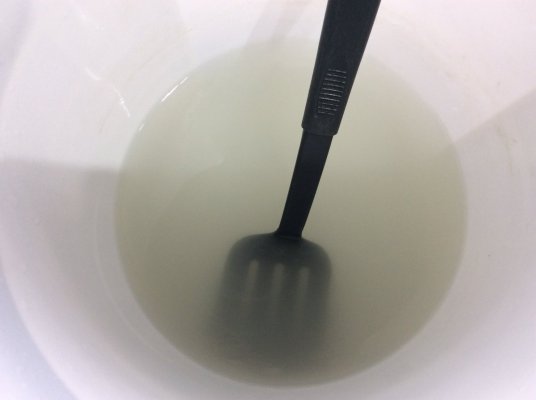My phosphate is sky high, beyond test kit range. I want to remove the rock in batches and use lanthanum to clear the rock of bound phosphates.
Tank is 220G and there is 150 pounds rock. No sand! Currently is fish only and converting back to reef after long family illness took me away.
What would be the most effective way to dose lanthanum chloride in this scenario? I would use Brightwell Phosphat-E. My idea was to put 75 pounds of rock into large stock tub, make a strong lanthanum chloride solution and drip it 24/7 into a sock. Or should I just drip it full strength?
I do not want to kill the rock because it is very nice mature rock and the tank is very healthy other than this phosphate issue.
I apologize if this has been covered elsewhere but I could not find anything.
Tank is 220G and there is 150 pounds rock. No sand! Currently is fish only and converting back to reef after long family illness took me away.
What would be the most effective way to dose lanthanum chloride in this scenario? I would use Brightwell Phosphat-E. My idea was to put 75 pounds of rock into large stock tub, make a strong lanthanum chloride solution and drip it 24/7 into a sock. Or should I just drip it full strength?
I do not want to kill the rock because it is very nice mature rock and the tank is very healthy other than this phosphate issue.
I apologize if this has been covered elsewhere but I could not find anything.


















